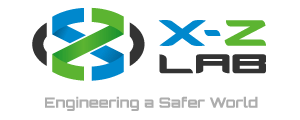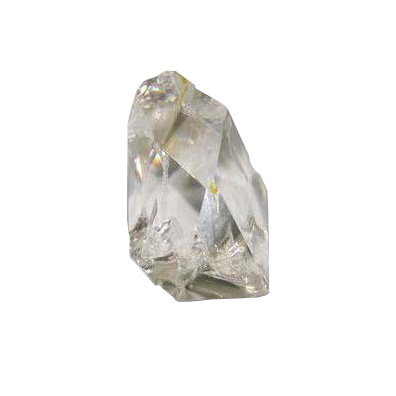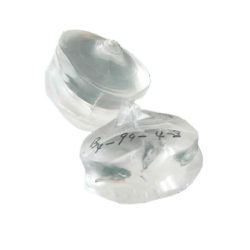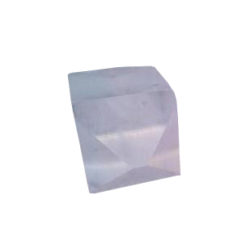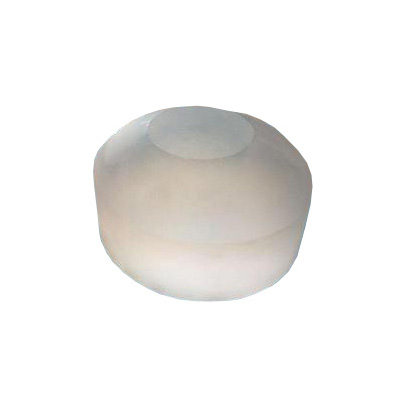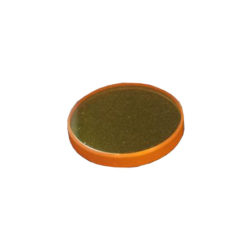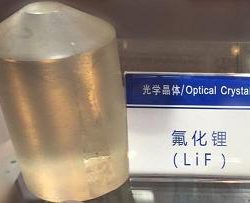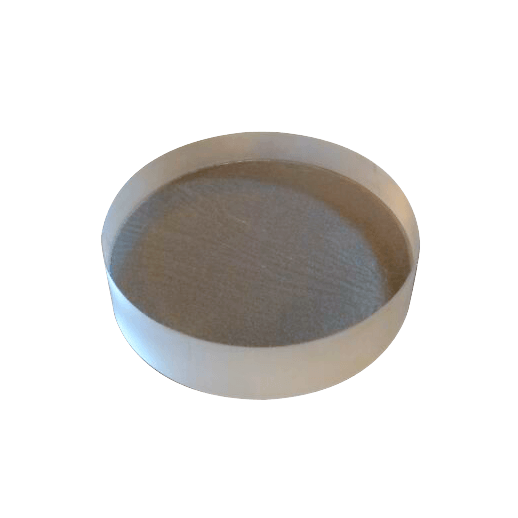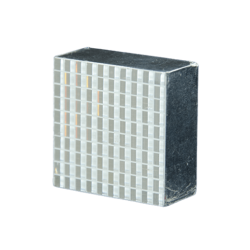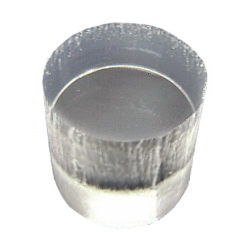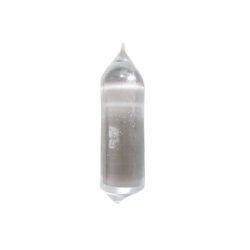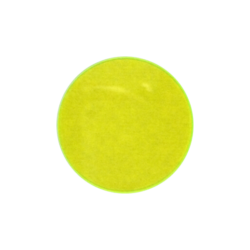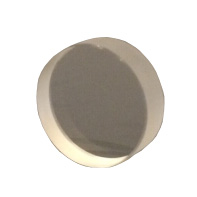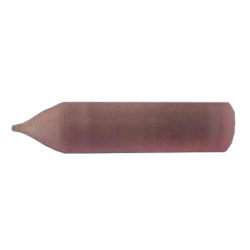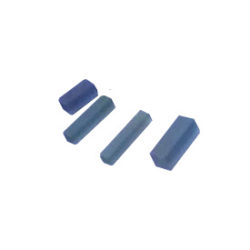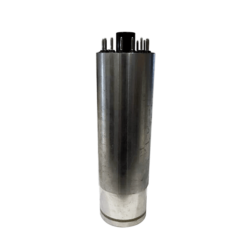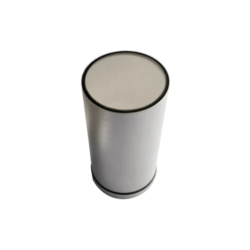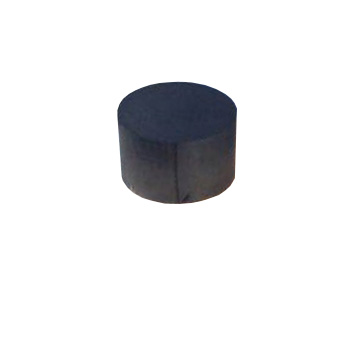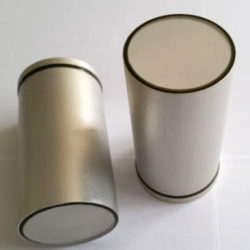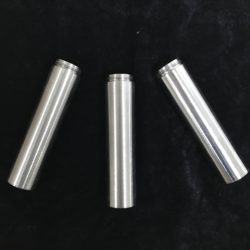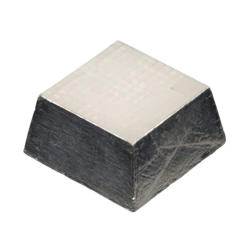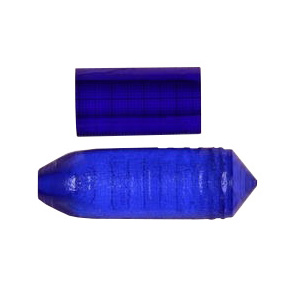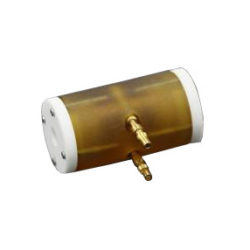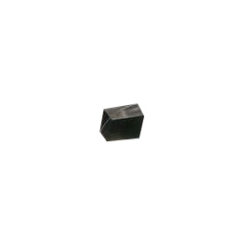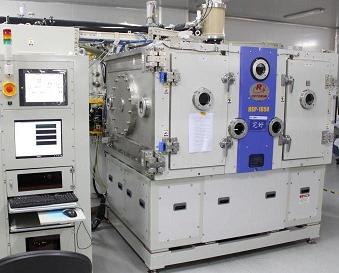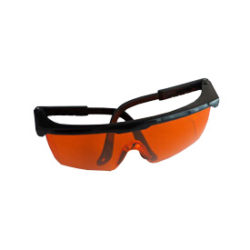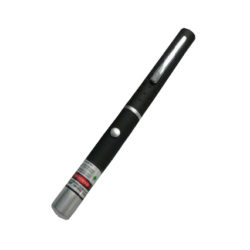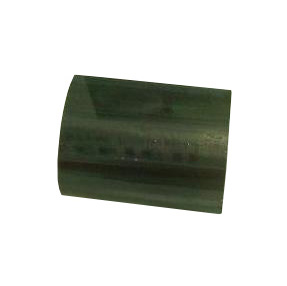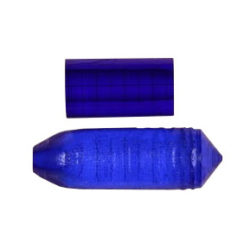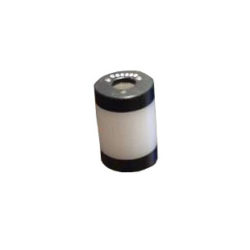Description
BIBO | Non-Linear Crystal (BiB3O6) is a newly developed nonlinear optical crystal. It consists of a large effective nonlinear coefficient, a high damage threshold, and inertness with respect to moisture. Its nonlinear coefficient is 3.5 to 4 times higher than that of LBO, 1.5 to 2 times higher than BBO, and its doubling crystal produces a blue laser.
ADVANTAGES
- Broad transparency range from 286nm to 2500nm
- High optical homogeneity (dn»10-6/cm) free of inclusion
- Large effective SHG coefficient
- High damage threshold
- Wide temperature-bandwidth
- Inertness with respect to moisture
MAIN APPLICATIONS
- SHG and THG for middle and high power Nd lasers at 1064nm
- SHG and THG of high power Nd lasers at 1342nm and 1319nm for red and blue lasers
- SHG for the Nd lasers at 914nm and 946nm for blue laser
- Optical Parametric Amplifiers (OPA) and Oscillators (OPO) applications
- Over 2.8W cw 473nm blue output was achieved with type I BIBO for frequency doubling
